Maldives is a beautiful island country, and due to its beautiful beaches, clear water, and abundant sunshine, it has always been a popular tourist destination for tourists. Although this country is famous for its beautiful beaches, its agricultural development is not ideal. The self-sufficiency rate of food in Maldives is very low because the country has very little land and most of it is not suitable for growing food crops, mainly relying on imports to meet its food needs.
In addition to the scarcity of land resources limiting agricultural development, the country's agricultural production methods are relatively traditional, with low production technology and mechanization, which leads to lower agricultural production efficiency and higher costs. In addition, Maldives is also threatened by natural disasters such as climate change and rising sea levels, which have had a significant impact on its agricultural industry.
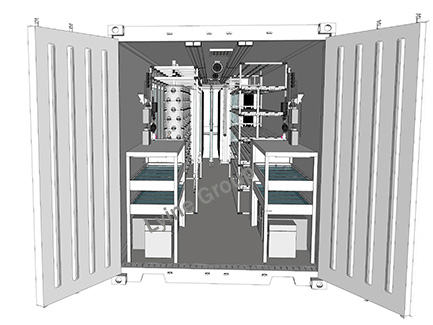
Although the agricultural industry in Maldives is not as developed as tourism and fishing, there has been some progress in recent years. They have been committed to promoting agricultural modernization and developing through the introduction of new agricultural planting technologies. Currently, Maldives is actively developing hydroponic agriculture to break the limitations of soil planting.
Hydroponic vertical farm is the optimization of crop growth methods. The main technology used in vertical farm is hydroponic cultivation, which does not require land to grow crops. Instead, the roots of the crops need to be immersed in a nutrient rich liquid. The production efficiency of this method is 40 times that of traditional agriculture.
The core of vertical farm is to achieve maximum agricultural production within a limited space, and its basic principle is to use vertical space to expand land use efficiency. In vertical farming, by constructing a multi-layer planting system, not only can the land occupation be significantly reduced, but also the goals of high yield, high quality, high efficiency, energy conservation, and environmental protection can be achieved.
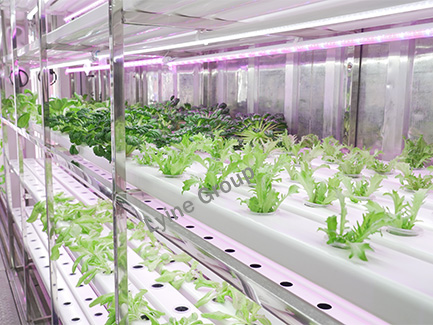
The planting system is generally divided into two types: layered planting and wall planting. Layered planting is achieved through planting in a multi-layer architecture, which not only fully utilizes vertical space, but also controls factors such as temperature, humidity, light, carbon dioxide, etc. to achieve maximum yield in the smallest space. Wall planting involves hanging the planting system on a vertical wall, which can save land resources and achieve efficient agricultural production.
Vertical farm is an emerging agricultural production method that has great advantages in agriculture. According to data, a vertical hydroponic farm with an area of only 13000 square meters and a height of 58 floors is equivalent to a traditional farm with a yield of over 4 million square meters, which is enough to provide food and vegetables for 30000 to 40000 people for a year. In the future, with the development of technology and the increasing demands of society for environmental protection and health, vertical farm will become an important trend and direction of future agricultural production.



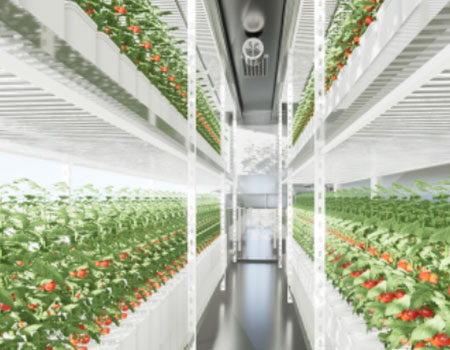
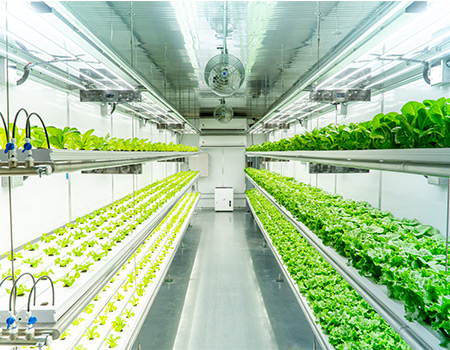
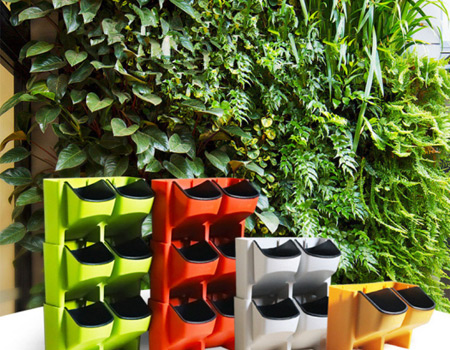

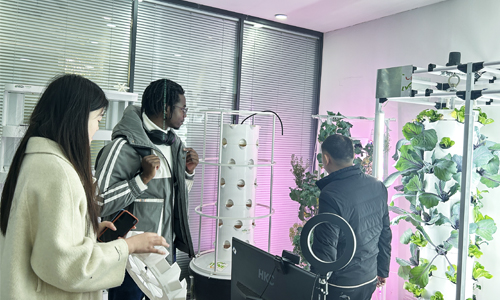
.jpg)
